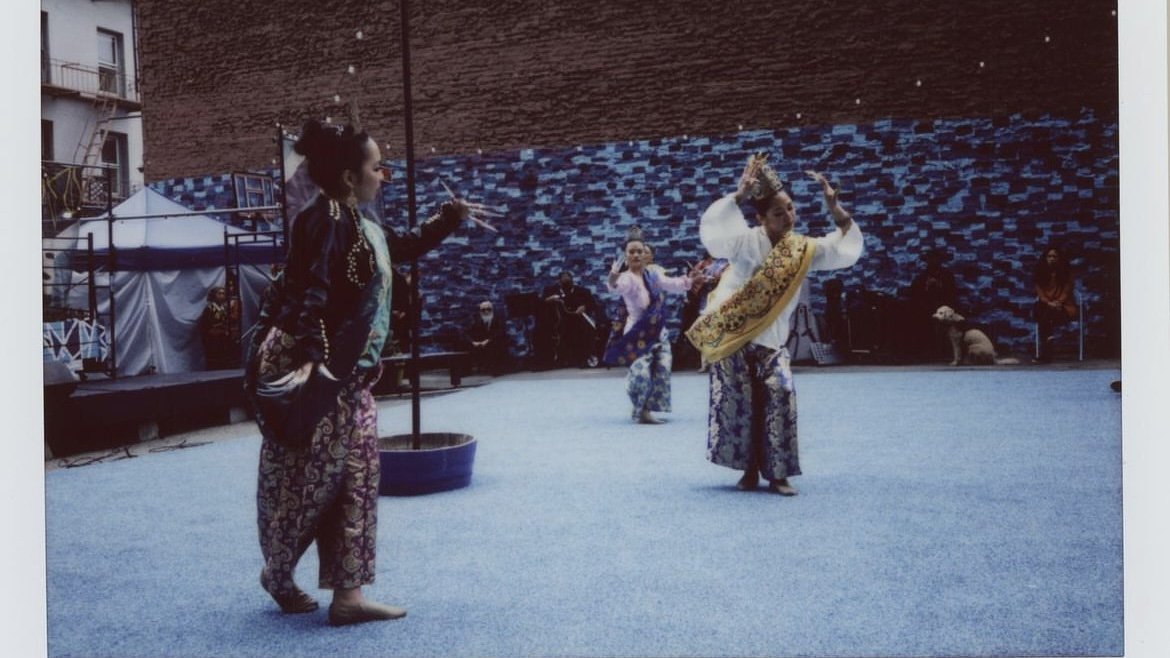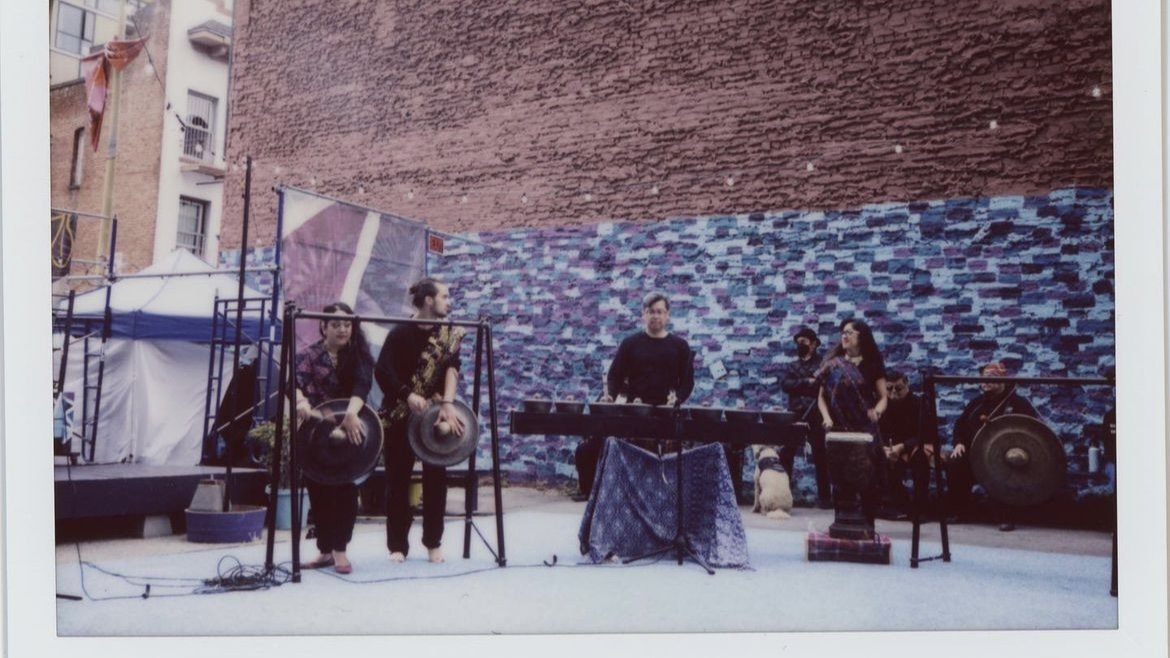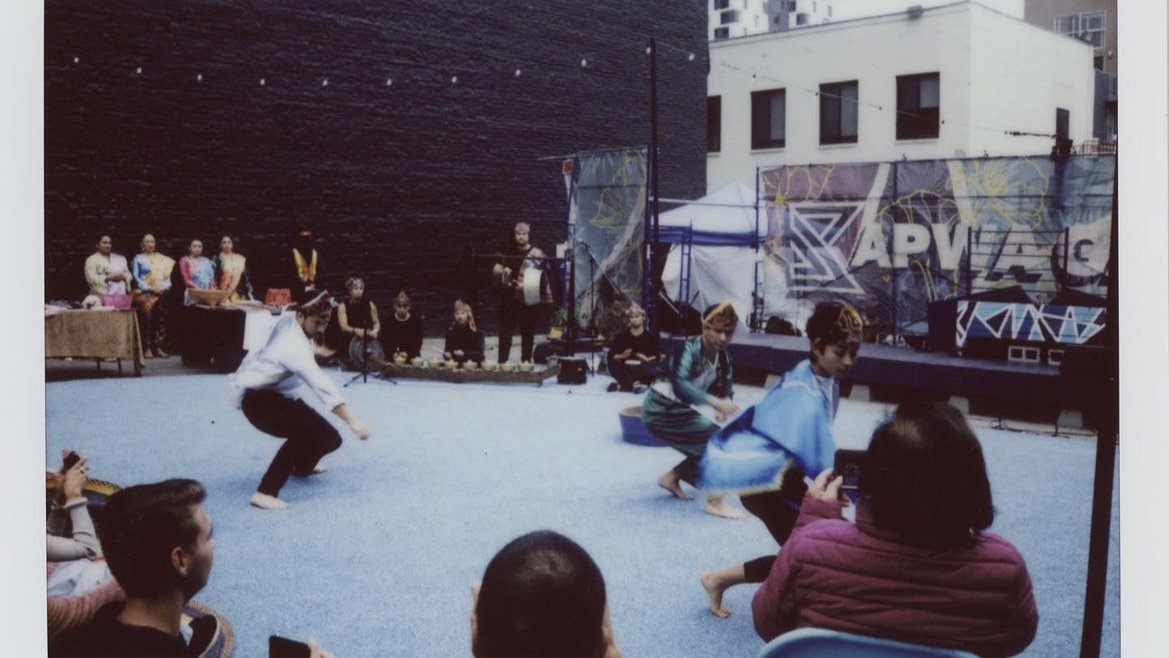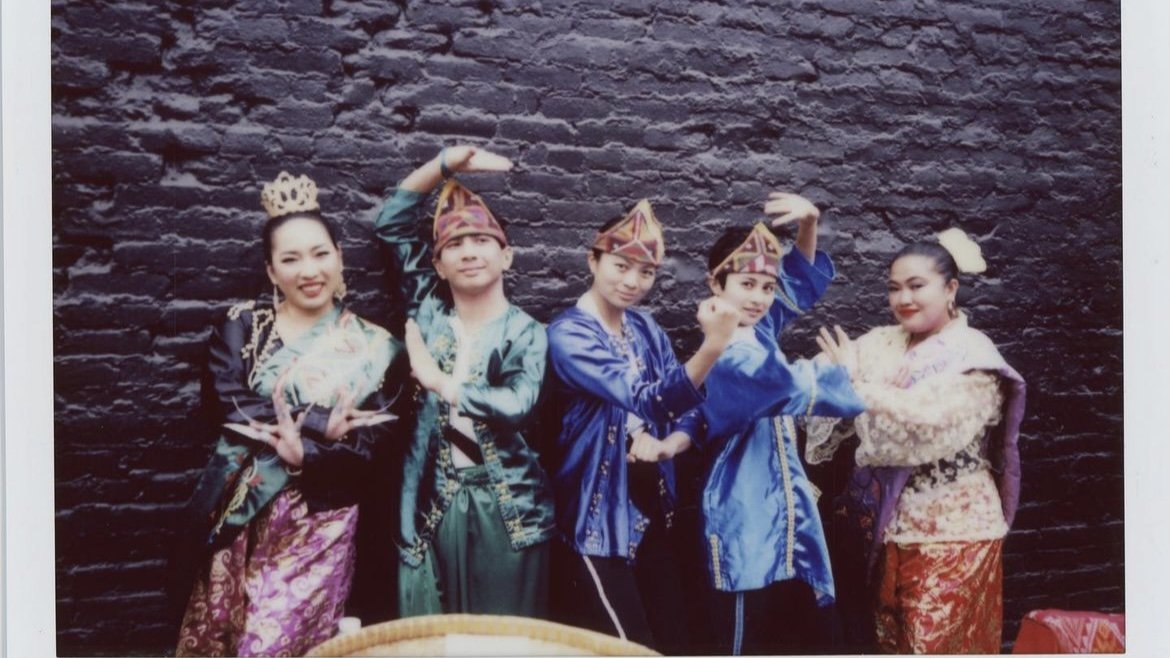Creating Synergy Using Multimedia with Kim Requesto
Kim Requesto is, by no means, a one-dimensional creative. She is a dancer, a photographer, a martial artist, and a videographer.
By switching from physical movement to digital media, she has the ability to change her lens. By switching from expressive dance to fighting forms, she could vary her angles. By switching from a traditional Filipino context to that of the diaspora, she could alter her framework.
But instead of switching, she combines.
As a Balay Kreative Growth Grantee, Kim’s work explores hybridity and oneness. All of her disciplines come together to create a compelling visual and cultural experience for the audience. The hope is for this artistic synergy to build bridges across oceans and grow communities locally.
In an interview with Kurt Ison, Kim discusses the importance of her research-informed dance practice, getting permission from cultural bearers, and documenting Filipino stories.
Profile by Anne Lizette Sta. Maria
“Being part of Balay Kreative has really enabled me to […] take up space with people who are like me. It’s really powerful and it’s so necessary.”
As a child, did you always know you wanted to be an artist?
When I was little, there was this assumption in my house that you would become a nurse or you would become a doctor or maybe even a teacher. But I also grew up with parents who were artists when they were younger, so in a way, growing up, I always wanted to be an artist and to do something that was related to Philippine dance.
Kim in traditional Philippine dance attire
How did you get started with Philippine folk dance and photography?
The way I got started in Philippine dance and photography really starts with my family. Both of my parents — my mom and my dad — were dancers with the Philippine Department of Tourism. That’s how they met. When we immigrated to America, my mom still kept pursuing Philippine dance and teaching locally. When I was 13, that’s when I first started dancing with Barangay Dance Company, and eventually I started dancing with Parangal [Dance Company].
Through Parangal and our research trips, that’s how I started really applying photography. Photography has always been part of my life through disposable cameras and through instances with my family growing up, capturing memories, and making them tangible. Especially when it comes to research, there’s always an opportunity for [dance and photography] to intersect because we’re trying to remember what we’re doing in the field. At the same time, we’re also trying to create memories and connections and relationships with the community back home [in the Philippines] and also bring that over here to the diaspora.
How does being a multi-disciplinary artist inform your perspective or influence your work?
As someone who pursues different artistic disciplines such as photography, videography, and performing arts, specifically dance, everything intersects in the work that I do. So I am a little bit more interdisciplinary actually than multi. My dance informs the way I photograph by the research that I do for my performing arts. In addition, what I do in terms of videography is also influenced by what I do with dance. With everything I’m doing with the different disciplines, I try to remember my positionality as an artist, my positionality in the diaspora, and then how I’m applying these different perspectives into what I’m trying to present or showcase to the audience.
“With everything I’m doing with the different disciplines, I try to remember my positionality as an artist, my positionality in the diaspora, and then how I’m applying these different perspectives into what I’m trying to present or showcase to the audience.”









Kim’s Pangalay showcase with the Parangal Dance Company at Kapwa Gardens, Oct. 2022
Can you talk a little bit about your current project?
Currently with Balay Kreative, my project is focused on pangalay [dance style] and intersecting that with kuntaw and silat [martial arts] forms. I think that there’s a lot of opportunity for us to know more about silat and kuntaw, especially coming specifically from the Tausug community. For their community, these forms — kuntaw and silat — are usually really safeguarded and kept to the families because they’re fighting styles and because you don’t want your opponent to know what you’re doing. It’s for safety; it’s for defense. And pangalay is a form of dance and expression. Actually, in some cases, there has been a notion that in order to be a good silat or kuntaw martial artist, you have to be good at pangalay because a lot of the movements are similar.
[I wanted to intersect these forms] with more research informed by the cultural bearers with their permission. That’s the main thing — with their permission. And then I wanted to bring that into the diaspora to share. In this sense, it’s a very sensitive topic because, again with the martial arts forms, they are held closely. So to be able to share them and to be able to intertwine them with a form of expression, and to apply them in an artistic and inspired sense, it’s just really a beautiful thing for our community to be able to witness. Not everyone has the opportunity to learn directly from cultural bearers or sometimes, people who have learned directly from them lack resources. But I feel very blessed to be able to work on this project and to have access to people, to cultural bearers, to even Balay Kreative and the resources that this grant has provided me.
How has being a part of Balay Kreative uplifted you? How has it impacted your art?
When people think of community, it’s not only about connection. It’s also about being able to support one another. Being part of Balay Kreative has really enabled me to see that tangible support, not only in terms of monetary funding but also from the people who are part of Balay [who] uplift me in resources, in sharing knowledge, and again, in being able to connect with other community members who have the same heritage and the same background. Additionally, being able to take up space with people who are like me. It’s really powerful and it’s so necessary.
“I feel very blessed to be able to work on this project and to have access to people, to cultural bearers, to even Balay Kreative and the resources that this grant has provided me.”
What kind of statements are you looking to make with your art?
I’m hoping that, with what I produce and what I share with others, it encourages people to get closer to their culture and to the other communities that exist within the Philippines and within the diaspora. I hope that it engages people to connect with each other and learn about our heritage, to learn about others’ heritages and also to support the indigenous communities in the Philippines and the other narratives of folks who don’t often get the opportunity to have their narratives put out there. I hope that it inspires people to keep doing what they want to do and to know that their stories matter. It’s important that we share all of that.
What would you say to aspiring Filipino artists? Why is it important for Filipinos to create?
I hope that other Filipinx artists, whether emerging artists or tenured artists, remember that our stories are so powerful and important. Because of that, it’s important that we share how we’re feeling, what we’re thinking, and what we’re making because we never know who it’s going to inspire and what they’ll take from it. It’s important for Filipinx artists to create because we all have important narratives and stories that should be shared. We never know who is listening and we never know who is watching what we’re doing. There's so much opportunity for others to be inspired by what we do. So I hope that we remember how powerful our voices are and how important our narratives are.
Want to know more about Kim? Be sure to follow @balaykreative and subscribe to our newsletter to hear about her future artwork! Check out our interview with her below.

